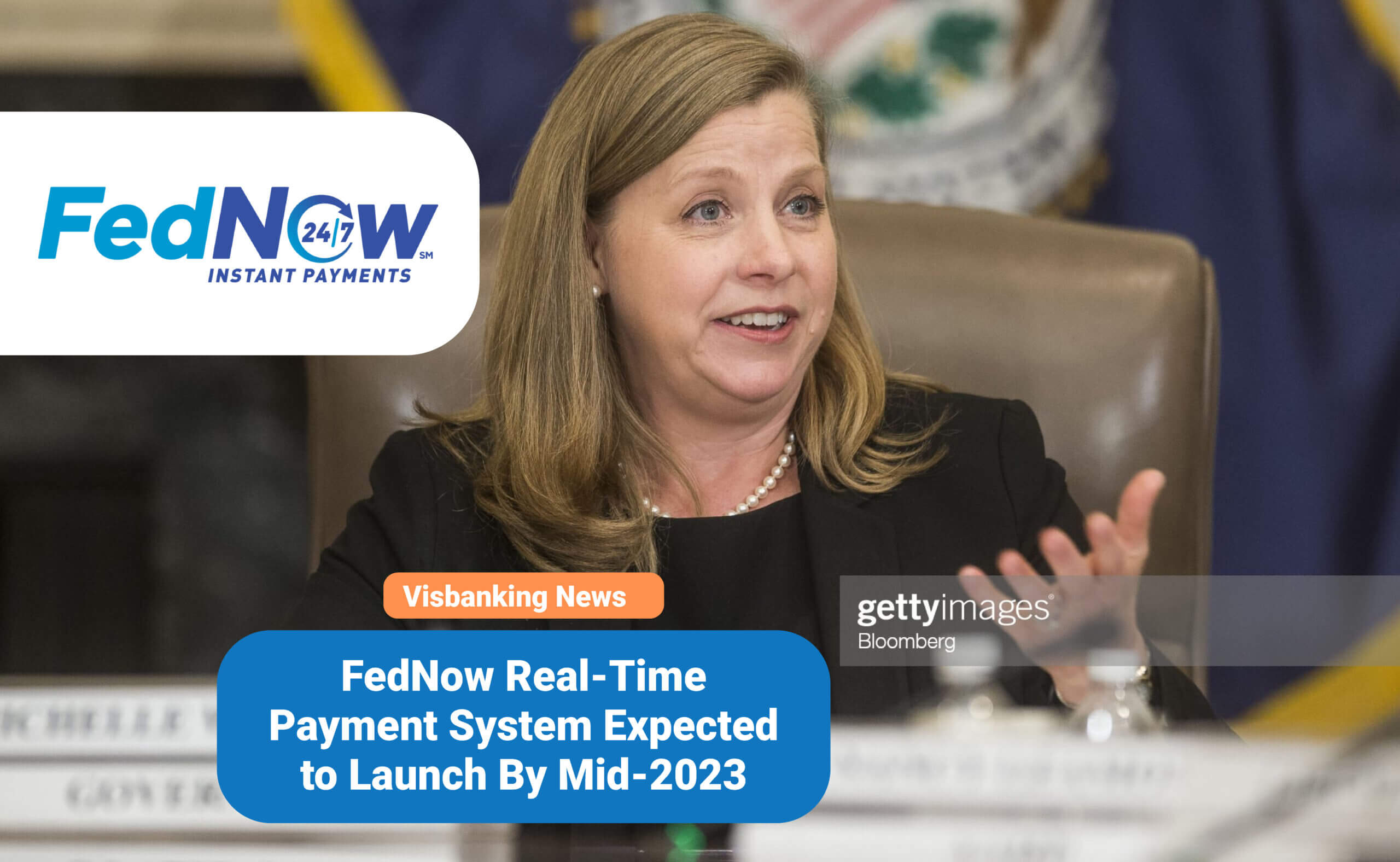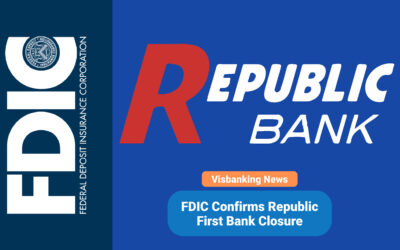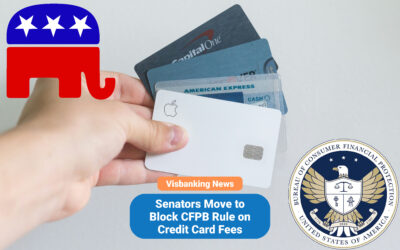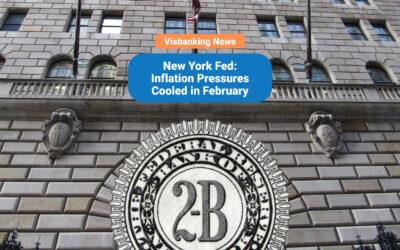By: Ken Chase.
Estimated reading time: 2 minutes
Federal Reserve Governor Michelle Bowman recently revealed that the Fed expects its FedNow real-time payments system to be ready and available by the middle of 2023. Bowman confirmed the anticipated launch timeframe during a speech at a Little Rock, Arkansas fintech conference last weekend.
FedNow’s goal is to provide a U.S. government-backed payment system that operates every minute of every day, providing nearly instantaneous payment processing for businesses and individuals. According to the Fed website, the system will be flexible, neutral, and supportive of many different types of payments. It will also include security features to secure data and payment integrity.
While the U.S already has an instant payment system, the RTP Network, many smaller banks have reportedly steered clear of using it since it is operated by The Clearing House, which is owned by those banks’ larger competitors. Last year, the CEOs of the banks that maintain ownership of The Clearing House sent out a letter urging business billers to join its real-time network in an effort to reach critical customer mass for its project.
Even with the RTP Network, the U.S. has still lagged behind other nations when it comes to real-time payments. Countries like China, South Korea, Brazil, and India have made major strides in recent years toward making real-time payment processing a common option for businesses and consumers.
Bowman said that she expects FedNow to increase competition in the real-time payment industry, asserting that “It will allow depository institutions and their service providers to offer value-added services to their customers, ultimately enhancing competition in the market for payment services. Completing and implementing FedNow is a high priority, and we expect it to be available by mid-2023.”
She also suggested that the new system will address many of the issues that people have cited when advocating for a Federal Reserve-issued central bank digital currency. According to her, FedNow might succeed in providing the alleged benefits of a digital dollar much faster than would be realized if the Fed went through the process of developing its own CBDC.




